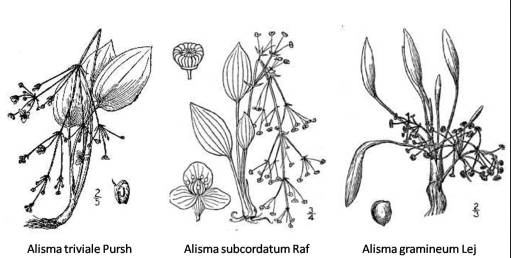
You would have to be living under a rock to not notice the breathtaking landscape and the rich flora that the Hudson Valley region has to offer.
Even the Hasbrouck Complex buildings on the SUNY New Paltz campus now carry names that reflect the area’s local environmental beauty.
Sure, these flowers and plants are aesthetically pleasing to look at—and even provide a tasteful photo-op—but underneath the petals and leaves lies a significant, feminist history.
Jane Colden (1724-1766) was born in New York City on March 27, 1724 and became the first female botanist in America. In the early eighteenth century, it was a rarity for women in England and the American colonies to be involved in the science field.
The few women who did break through the male-dominated world of science did so through their relation to a man working in that field. Jane was no different. The daughter of New York (NY) physician, governor and esteemed botanist, Cadwallader Colden, Jane was introduced to and educated on botany by her father. He taught her the intricacies of the Linnaeus system—the system in which the classes of plants are founded mainly upon, the number of stamens and the orders upon the pistils.
Between 1753 and 1758, Jane Colden collected and cataloged more than 300 plants found in the lower Hudson River Valley—specifically the Newburgh area. Her accomplishments were extraordinary, especially considering that, at the time, women were believed to be incapable of studying subjects as complex as science.
Impressed by her outstanding abilities, her father introduced her to the botany community, where she networked with many contemporary botanists.
Jane Colden’s manuscript— “Flora Nov-Eboracensis”—is one of the earliest detailed records of native plants local to NY, which is held in the British Natural History Museum in London. The volume consists of 284 sheets of line drawings and scientific descriptions of each plant.
In some cases, she made transfer prints, or rubbings, of leaves, but for the most part, the text in her manuscript is illustrated with simple line drawings done in neutral pen and ink washes.
Jane had a particular interest in the medicinal and folk use of these NY native plants. In her work, she included the prescribed dosage and method of applications, explaining who used the plant and for what ailments.
A monumental achievement in Jane’s career, and possibly her most important contribution to science, was her discovery of gardenia, a genus of flowering plants in the coffee family. This made her the first scientist to describe this taxonomic class. Jane’s work and observations of the gardenia was one of her most important contributions to science. She is also the only woman botanist whose work was included in Lennaeus’s botanical “Species Platarum.”
During the Revolutionary War, Jane’s manuscript fell into the hands of a Hessian soldier, who then brought the manuscript back to Germany, where it was later purchased by Sir Joseph Banks, the renowned British plantsman. Over two centuries later, Jane’s voluminous manuscript sits in the British Museum of Natural History in London.
In commemoration of the 50th anniversary of the founding of the Garden Club of America, the Garden Club of Orange and Dutchess Counties published 57 of Colden’s descriptions of species native to North America back in 1963.
More recently, The Jane Colden Native Plant Sanctuary was established at the Knox’s Headquarters State Historic Site in Vails Gate, New York. “The site extends out from a stand of white pines into a grassy slope with dramatic Hudson River views,” according to a Woman’s Work article.
“We proposed Jane Colden as a theme for the gardens at the site because she is an inspiration to young people, and a wonderful role model for girls,” said Jeannette Redden in Woman’s Work magazine, one of the garden club members who made the initial proposal to Bear Mountain.
Inspired by Jane’s curiosity on the world around her and her drive to make sense of her environment, the sanctuary’s goal is to educate visitors about local natural history and inspire curiosity and reflection in nature.

